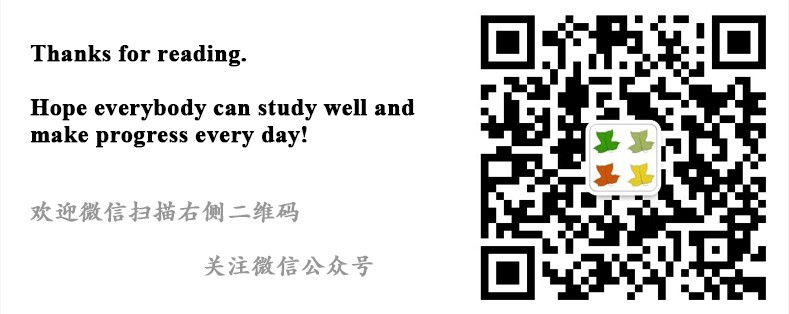博文
Plant Biotechnol J:野生二倍体棉花澳洲棉基因组
||
Genome sequencing of the Australian wild diploid species Gossypium australe highlights disease resistance and delayed gland morphogenesis
First author: Yingfan Cai; Affiliations: Henan University (河南大学): Kaifeng, China
Corresponding author: Fang Liu
The diploid wild cotton species Gossypium australe possesses excellent traits including resistance to disease and delayed gland morphogenesis, and has been successfully used for distant breeding programmes to incorporate disease resistance traits into domesticated cotton. Here, we sequenced the G. australe genome by integrating PacBio, Illumina short read, BioNano (DLS) and Hi‐C technologies, and acquired a high‐quality reference genome with a contig N50 of 1.83 Mb and a scaffold N50 of 143.60 Mb. We found that 73.5% of the G. australe genome is composed of various repeat sequences, differing from those of G. arboreum (85.39%), G. hirsutum (69.86%) and G. barbadense (69.83%). The G. australe genome showed closer collinear relationships with the genome of G. arboreum than G. raimondii and has undergone less extensive genome reorganization than the G. arboreum genome. Selection signature and transcriptomics analyses implicated multiple genes in disease resistance responses, including GauCCD7 and GauCBP1, and experiments revealed induction of both genes by Verticillium dahliae and by the plant hormones strigolactone (GR24), salicylic acid (SA) and methyl jasmonate (MeJA). Experiments using a Verticillium‐resistant domesticated G. barbadense cultivar confirmed that knockdown of the homologues of these genes caused a significant reduction in resistance against Verticillium dahliae. Moreover, knockdown of a newly identified gland‐associated gene GauGRAS1 caused a glandless phenotype in partial tissues using G. australe. The G. australe genome represents a valuable resource for cotton research and distant relative breeding as well as for understanding the evolutionary history of crop genomes.
二倍体野生棉花澳洲棉具有非常优良的性状,比如疾病抗性和腺体形态发生延迟,该物种已经被成功用于远缘杂交项目,向驯化棉花品种中引入疾病抗性性状。本文中,作者通过结合三代PacBio、二代Illumina、BioNano及Hi‐C技术报道了澳洲棉的高质量参考基因组,其中contig N50长1.83 Mb,scaffold N50长143.60 Mb。作者发现澳洲棉基因组的73.5%是由不同的重复序列组成的,不同于亚洲棉的85.39%、陆地棉的69.86%以及海岛棉的69.83%。相比于雷蒙德氏棉,澳洲棉的基因组与亚洲棉具有更近的共线性关系,并且要比亚洲棉经历了更加少的基因组重组。选择信号以及转录组分析鉴定了多个作用于疾病抗性响应的基因,比如GauCCD7和GauCBP1基因。后续的试验证据显示大丽轮枝菌能够诱导这两个基因的表达,另外植物激素独角金内酯GR24、水杨酸SA和茉莉酸甲酯MeJA同样也能够诱导这两个基因的表达。作者在一个对大丽轮枝菌具有抗性的驯化种海岛棉栽培种中敲除了这两个基因的同源基因,结果显示该突变株对于大丽轮枝菌的抗性显著降低。此外,在澳洲棉中敲除一个新鉴定的与腺体相关的基因GauGRAS1能够导致部分组织中的腺体缺失。本文报道的澳洲棉基因组对于棉花的育种来说是一个十分珍贵的遗传资源,同时对于棉花的远缘杂交项目以及进一步理解作物基因组的演化历史同样重要。
通讯:刘方 (http://cri.caas.cn/yjsjy/szll/sssds/88157.htm)
研究方向:棉花野生资源收集保存与研究利用。
doi: https://doi.org/10.1111/pbi.13249
Journal: Plant Biotechnology Journal
Published online: September 13, 2019

https://blog.sciencenet.cn/blog-3158122-1198343.html
上一篇:Nature Plants:植物发育及环境胁迫下的细胞壁完整性维持研究综述
下一篇:PLOS Genetics:番茄转座元件Rider家族的环境和表观调控
全部作者的其他最新博文
- • Plant Physiology:CsMADS3促进柑果中的叶绿素降解和类胡萝卜素合成(华中农业大学)
- • Molecular Plant:LBD11-ROS反馈调节作用于拟南芥的维管形成层增殖和次生生长(浦项科技大学)
- • Science Advances:根结线虫通过调控植物的CLE3-CLV1模块,促进侵染进程(日本熊本大学)
- • Nature Communications:油菜素内酯参与植物营养生长期转变的分子机制解析(浙江农林大学)
- • Current Biology:光合作用产生的蔗糖驱动侧根“生物钟”(德国弗莱堡大学)
- • PNAS:花同源异型基因在叶中被抑制、花中被激活的分子机制(南卡罗来纳大学)